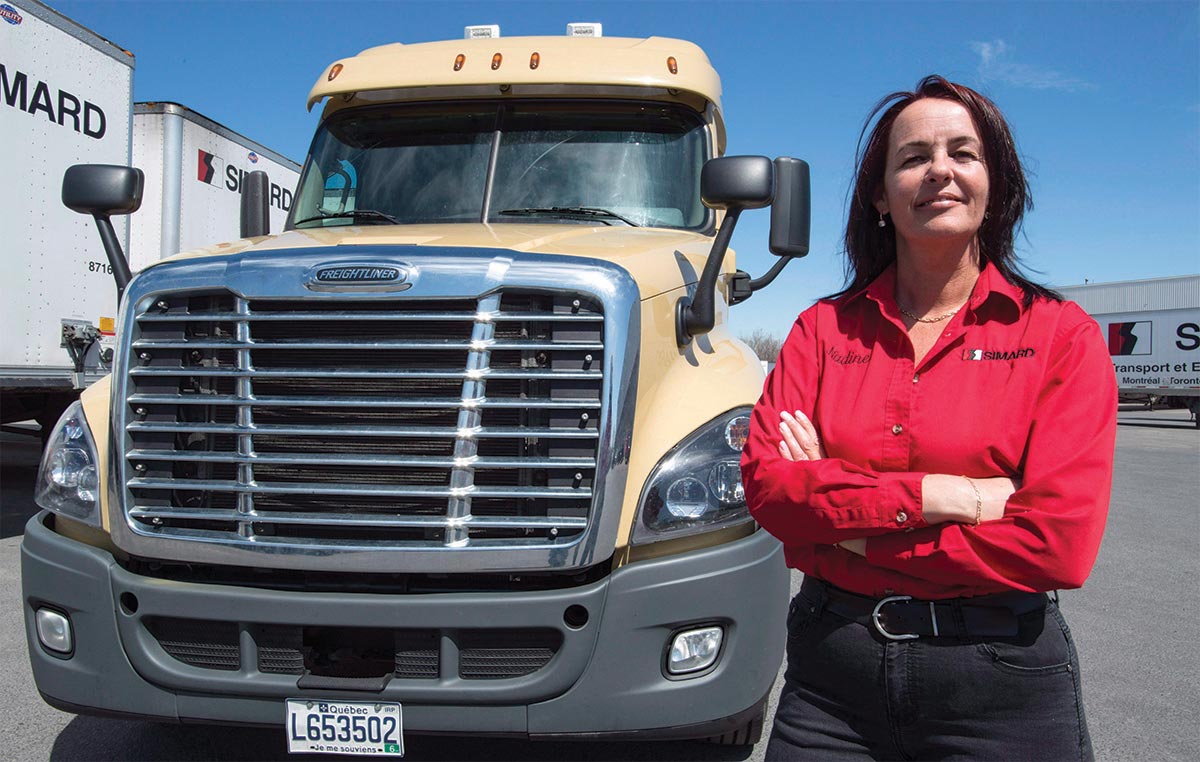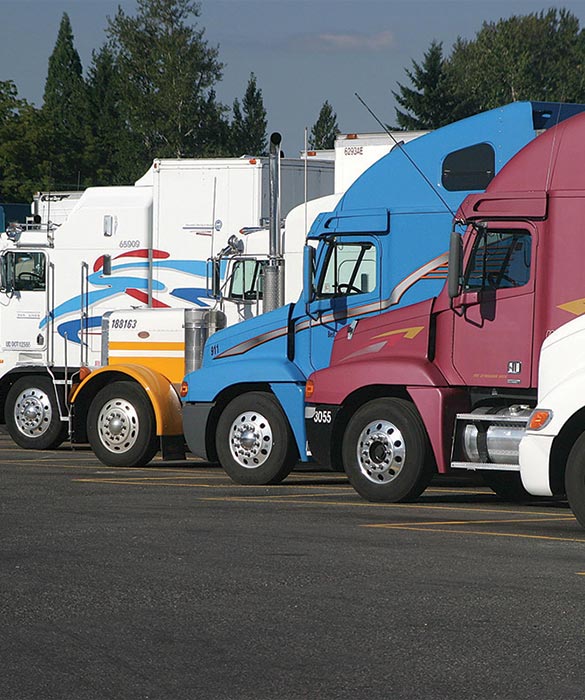Driving
towards change
Mandy Cooper & Nadine Gauthier
When Mandy Cooper* saw a poster advertising a Women in Transportation program at her local social services office, she stopped in her tracks. At 30, she had already tried her hand in several professions — personal support worker, school bus driver, kitchen chef and holistic practitioner — but none had been quite right. Trucking, she thought, might be a good match for her strong and independent personality, and an opportunity to make decent money.
*We are protecting Mandy’s real identity at her request.


